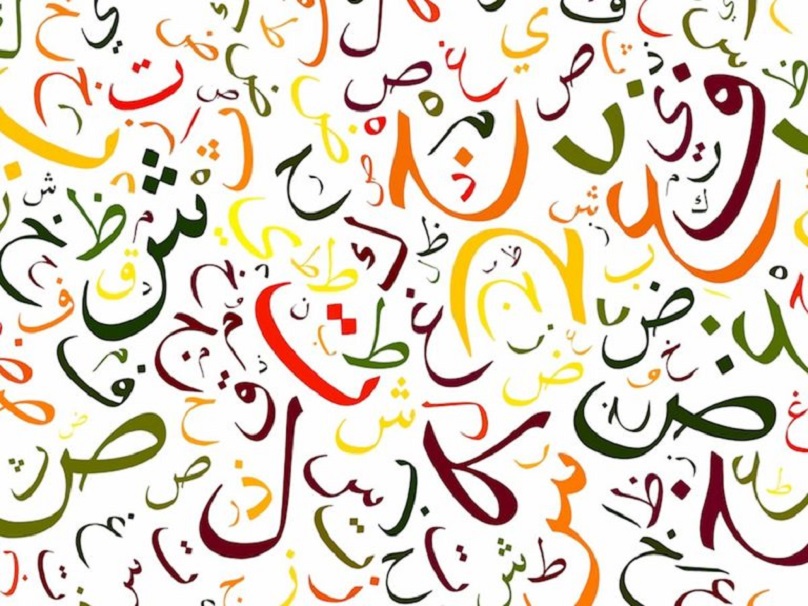
MAN is a creature whose existence is mediated by language and whose horizon of possibilities is defined by the scaffold of language. “Man acts”, says Martin Heidegger “as though he were the shaper and master of language, while in fact language remains the master of man”. Language concerns us primarily as the denomination of our social transaction with fellow humans, but rarely do we realise the role and ratio of language in shaping us as humans, in making us what we are and being the defining features that set us apart and ahead of our evolutionary cousins from the animal kingdom. The necessity for this quasi-philosophical introduction arises because of our negligence and an attitude of indifference to language – the indifference that can, at times, subterfuge our structures of consciousness and reflect in consequences that are not only social, but existential and psychological in nature, distorting for us not only the picture of external world, but destabilising our imagination of the self and setting us in vertiginous conceptualization of the self and the world. If language sets limits on our imagination (Something known as linguistic determinism), is it any wonder that our imagination will constrict and deflate unimaginably in proportion to the abrasion and metamorphosis suffered by our language?
Let’s tone it down from the high horses of philosophical abstraction and see what is the import of “mother tongue”, what are the contours it proliferates into, what are language conservation movements all about and what are the factors that go into linguistic dynamics. Language is the vehicle of culture and the chariot of civilization, something that guarantees our identity and individuality in the swarm of fusing globalization and helps one to retain his indigenous and native mores in the face of monopolization of civilization and annihilation of cultures and traditions. In the face of gnawing Westoxification and modernization, the native and indigenous cultures and collapsing in the similitude of time worn buildings razed to the ground by shaking earthquake. Now why should one bother so much about preservation and continuation of indigenous cultures and by corollary the local, regional and native languages? These traditions and languages are the repositories, the treasure houses and the guardians and shepherds of traditional wisdom, the mediators of human diversity and cultural multiplicity and inexhaustible source of folklore, poetry, literature, history, biographical material, annals, anecdotes, aphorisms, hagiography and much more. What shall become of this treasure in case people lose their touch with their mother tongue and are no longer in a position to read/write/understand it?
To this end, there are people who understand Kashmiri, few who can read it and very few able to write it – a situation pointing to crisis and the dwindling interest in the language both at individual and structural level. A saying goes that if you want to eliminate a nation or civilization, make them oblivion of their language and the saying can be seen playing out perfectly in Kashmir, where we seem to be racing with one another as to who abandons the mother tongue first. I shall not claim that the threat is immediate and Kashmiri as a language is destined to vanish but there are other indicators, pressing and immediate, that catch our imagination. How many of us understand Lal’e Ded and how easily do the sayings and couplets of Sheikh Ul Aalam yield to our linguistic understanding? True, they are people of the yore and language must have changed substantially thence. But do we understand Rahman Dar, Ahmad Batwari, Shamas Faqeer; the more recent Amin Kamil, Rehman Rahi, Mehjoor, Samad Mir, Ahad Zargar? The answer shall awaken the readers as to why I maintain that we are receding from the nucleus of our mother tongue and in our sentence of ten words; four are from Urdu, three from English and the remaining in Kashmiri. It must not be inferred that I decry the possibility of absorption of words from other languages, for this process of absorption and assimilation is the vital sign of living and thriving language. What bothers me, and therefore any conscious Kashmiri is that we tend to metamorphose our language to the degree where it loses its Kashmiri superstructure and in the guise of flexibility revolts against its own essence.
It so happens that people watch the spectre of drowning people and the crowd thus gathered is mistaken as saviours. Similar is the case with conservation and revival movements which rise with the slogan of preserving culture, protecting language and bringing to it the glory and prestige that may place it at par with the lingua franca of the times. Nothing can be farther from the facts and more imaginative, for culture and languages are not remnants of the past in need of dedicated space to be preserved, enriched and perpetuated. They thrive in the wild, in their natural state, undisturbed and in the spirit of their own elan. Any attempt to bring in artificial measures does more harm than good and like the archaeologist who explores a brick while destroying the building, the cultural crusaders bring in more vulnerability and risk than is usually anticipated.
Views expressed in the article are the author’s own and do not necessarily represent editorial stance of Kashmir Observer
- The author is a Srinagar based columnist
Follow this link to join our WhatsApp group: Join Now
Be Part of Quality Journalism |
Quality journalism takes a lot of time, money and hard work to produce and despite all the hardships we still do it. Our reporters and editors are working overtime in Kashmir and beyond to cover what you care about, break big stories, and expose injustices that can change lives. Today more people are reading Kashmir Observer than ever, but only a handful are paying while advertising revenues are falling fast. |
| ACT NOW |
| MONTHLY | Rs 100 | |
| YEARLY | Rs 1000 | |
| LIFETIME | Rs 10000 | |









